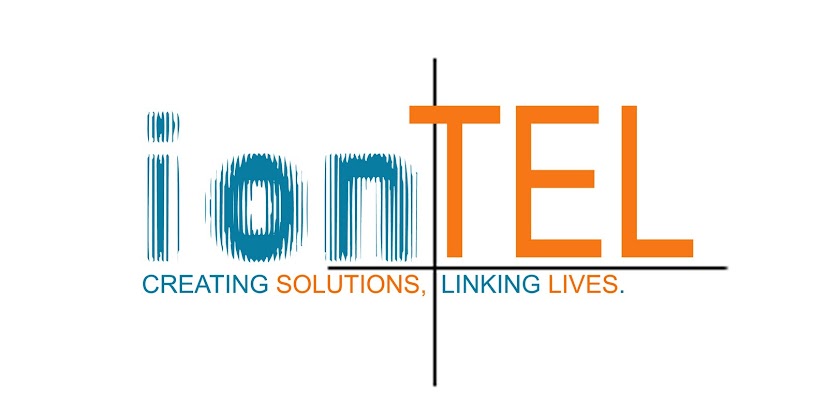Telephone numbers in the Philippines follow an open telephone numbering plan and an open dial plan. Both plans are regulated by the National Telecommunications Commission, a body under the Department of Transportation and Communications as an attached agency.
Telephone numbers are fixed at seven digits. When making long-distance calls in the Philippines, append 0 for domestic calls and 00 for international calls.
IonTEL will be using the following numbering plan:
For domestic calls, the subscribers have to dial:
0 + Area Code (44) + Phone number
For international calls:
00 + Country Code + Area Code + Phone number
The subscriber can reach the CO with the hotline number: 044-0466-835 (044-0ion-TEL)
The subscriber will bear the number: 044-xxxx-xxx




